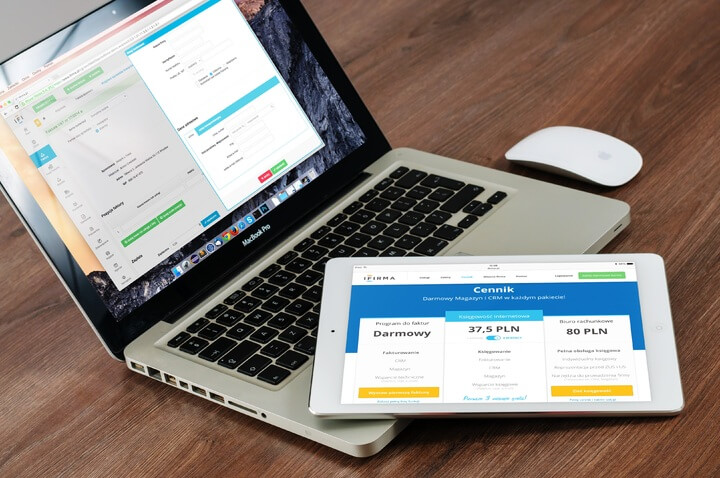
In the ever-evolving digital age, one thing is clear—mobile is no longer the future; it’s the present. With more than half of all internet traffic coming from mobile devices, websites that fail to adapt are being left behind. If your website isn’t designed for the mobile-first era, you’re not just missing out on traffic—you’re missing opportunities, sales, and trust.
Let’s dive into the essential design trends that will future-proof your site in a mobile-first world.
1. Responsive Isn’t Enough—Go Mobile-First
Responsive design used to be the goal. But today, it’s the starting line. A mobile-first approach means designing for small screens first, then scaling up for tablets and desktops. This ensures smoother experiences where it matters most—on the devices people use most often. Mobile-first design is lighter, faster, and more focused, stripping away the non-essentials to prioritize usability and clarity.
2. Speed is a Dealbreaker
In the mobile world, speed isn’t a luxury—it’s a requirement. A delay of even one second in load time can drastically impact bounce rates. Google also ranks faster sites higher, especially for mobile searches.
Here’s what helps:
- Optimized images and videos
- Compressed code and CSS
- Lazy loading
- Using a CDN (Content Delivery Network)
Faster websites = happier users + better SEO.
3. Thumb-Friendly Navigation
Ever tried clicking a tiny link on your phone, only to hit the wrong one? Annoying, right? That’s why thumb-friendly navigation is critical. Mobile users interact with their screens differently—so buttons should be large, spaced well, and placed in easy-to-reach areas. Consider sticky nav bars, collapsible menus, and one-hand browsing layouts.
4. Dark Mode Options
Dark mode isn’t just trendy—it’s a user preference that improves readability and reduces eye strain. Giving users the option to switch to dark mode can enhance their experience and increase the time they spend on your site. Plus, it saves battery life for OLED screen users.
5. Bold Typography & Microcopy
On smaller screens, readability is everything. Large, bold fonts help grab attention and improve scannability. At the same time, thoughtful microcopy—those tiny messages that guide users (“Swipe up,” “Hold to expand”)—helps create a smoother, more intuitive experience. Every word matters when space is limited.
6. Visual Storytelling with Motion
Static designs are giving way to interactive, dynamic visuals. Think animated icons, scroll-triggered transitions, and micro-interactions. These subtle animations can:
- Guide user flow
- Emphasize actions
- Make your brand feel alive and modern
But balance is key—don’t overdo it. Motion should enhance, not distract.
7. Minimalist, Content-First Layouts
Cluttered pages just don’t work on mobile. Users want clarity, not chaos. That’s why minimalism is trending hard. Content should lead the way, supported by clean layouts, whitespace, and intentional hierarchy. A minimalist design helps reduce cognitive load, which means smoother, faster decision-making for the user.
8. Voice Search & AI Integration
With the rise of voice assistants, websites are evolving to support voice-friendly content structures. Long-tail keywords, natural language phrasing, and AI-powered chatbots are becoming part of the UX ecosystem. If your site is still stuck in traditional layouts and basic keyword stuffing, you’re missing the wave of smarter, more conversational search.
Final Thoughts
If your goal is to stay competitive in today’s mobile-driven world, your website must do more than look good—it must perform well across all devices. By embracing these essential design trends, you’re not just future-proofing your digital presence—you’re building a better experience for your audience.
